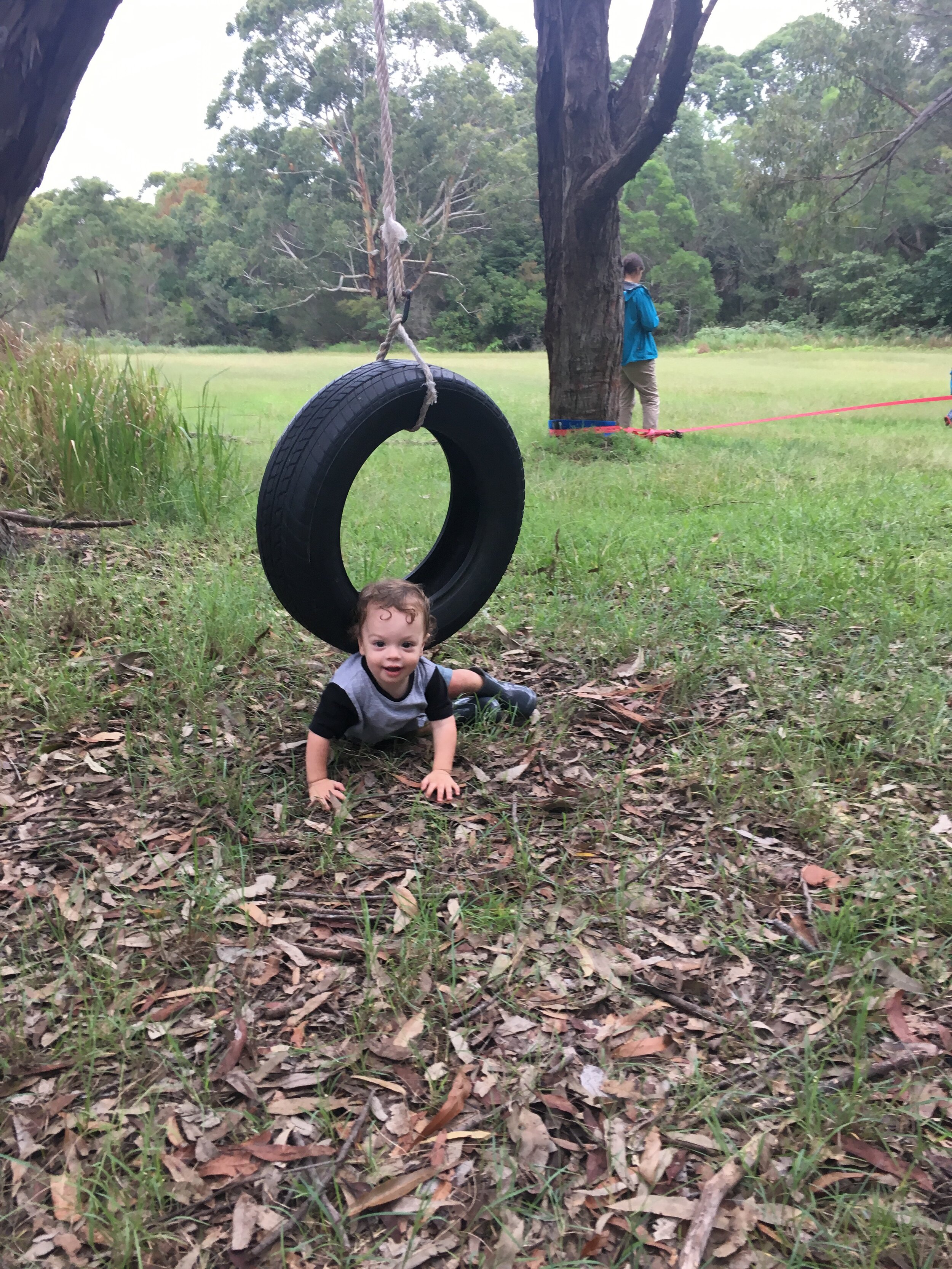Learning together: curiosity and experimentation
img_1427
img_1453
Sarah HammersleyBeing a facilitator of Raw&Unearthed PLAY I generally learn much more than I teach. Each and every session brings a chance for new ideas to be formed, connections to be made, challenges to be negotiated and relationships strengthened. Today was no exception.The delightful toddler (in these photos) demonstrated just how capable young children are when it comes to being the agents of their learning and negotiating risk. Especially, when they are provided with the space, time and opportunity to observe, explore and experience the world.He was standing with mum intently watching and studying the movements of the older children and the tyre as they played on the tyre swing. When the older children moved on this toddler made a b-line for the swing. Mum attempted to lift him on and sit his legs through the tyre but it wasn't really happening. I suggested letting him stand next to the tyre. Mum put him down and slowly moved back giving him space to explore. She sat next to me and watched as he first touched the tyre with his hands then lowered his head and looked through the centre of the tyre. With a big smile spread across his face he exclaimed, "Harry!" Mum returned the interaction by responding, "Harry you're looking through the tyre. I can see you." This turned into a game of peek-a-boo and before long he had pushed his upper body through the middle of the tyre.[gallery ids="4637,4634" type="rectangular"]As we watched on we reflected on how our instinct as adults is to help the child to play on the tyre, (just as we would). By propping him up into a sitting position. We continued watching and discussed further the importance of him developing an understanding of the movements, weight and the gravitational force of the tyre by experimenting and going through the exploratory process he was going through now:• Challenging his muscles in new ways at a level appropriate for his capabilities (determined by him);• Building his vestibular sense and understanding of his body in the world;• Experiencing physical trial and error through safe risk taking;• Experimenting with force, weight, gravity, movement, height and physics (to name but a few);• Playing creatively and using his imagination whilst engaging all of his senses because he is outside!All experiences and understandings he will later draw on when he is able to climb up onto the tyre himself.[gallery ids="4636,4638" type="rectangular"]Becoming more adventurous with the tyre he charged forward and pushed it with a greater force. It swung higher came back and knocked him over. Mum stayed next to me. I commented, "the tyre knocked you over." He stood back up and pushed it again. This time as the tyre swung back he drew on his previous experience and purposefully side stepped, dodging the tyre.[gallery ids="4631,4635" type="rectangular"]Mum excitedly commented on how, he had learnt and discovered to move out of the way of tyre all by himself acknowledging his efforts and thinking processes.
Without meaning too, when we rush in to rescue children from situations such as this. We rob them of the ability to view themselves as capable, resourceful and resilient. We tend to scue the situation by viewing the experience with our (often negative) adult perceptions. Our fear of failure rather than viewing the fall as a a vital step in a child's exploratory journey and as an extraordinary moment in developing the child's fascinating way of being.
By not rushing in to rescue him, mum was not only able to provide him with the opportunity to critically reflect, problem solve and push through the struggle of a fall. She enabled him to experience a natural consequence of playing with the tyre. He was able to explore and test his own capacities, to manage risk, and build a concrete understanding of the movement and play affordance of the tyre.
Erika Christakis put my thoughts into words perfectly when she said, "to see a child fully, we have to allocate the time and space to observe." This seems to be the most logical yet hardest thing for educators to achieve. I challenge you this week to make it a priority. Step back and be an attuned observer within your space. Let go of the schedule and learn from the children!
Points for reflection:How would you share this with your colleagues and or families to show them the thinking and learning involved?What did you learn from the children today?How does the structure, flow or rhythm of the service routine enable or disable children with time - for whole body, hands on explorations?Count how many times you instinctively step in to help a child. Stop yourself. What happened?What does the Early Years Learning Framework say about play and risk?ReferencesChristakis,E.(2016).The Importance of Being Little: What young children really need from growups. New York: Penguin Books.



